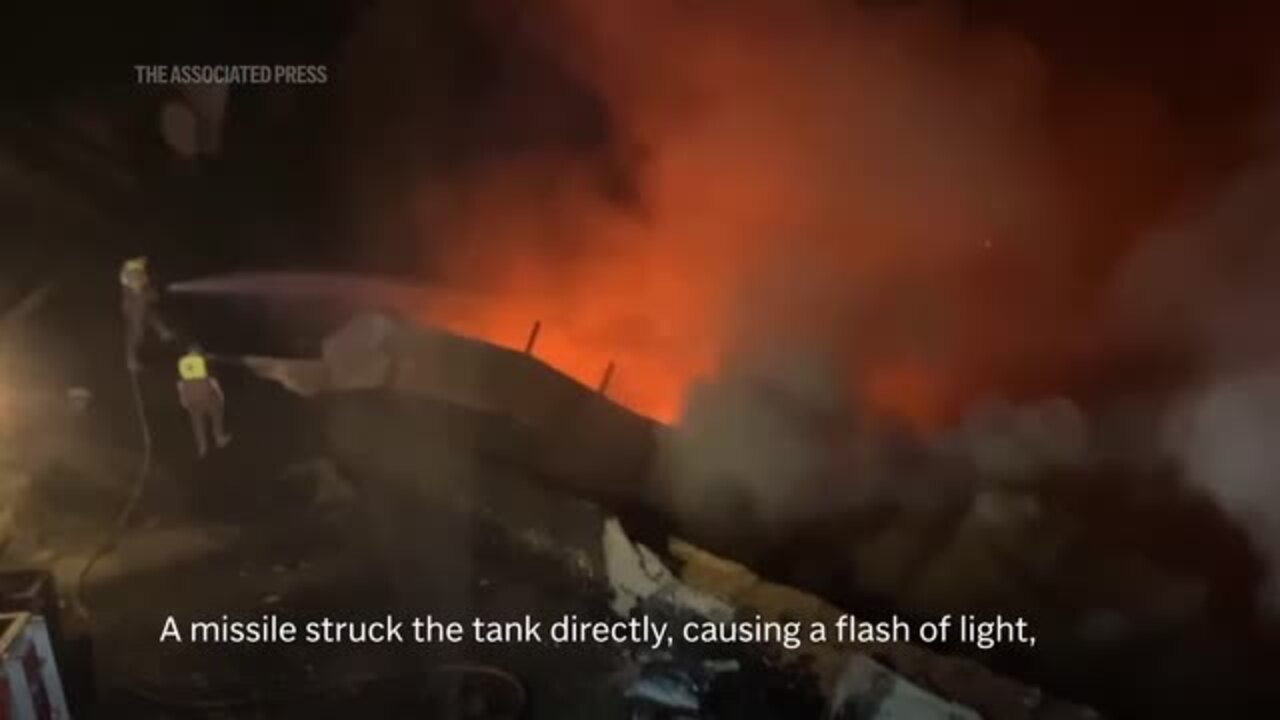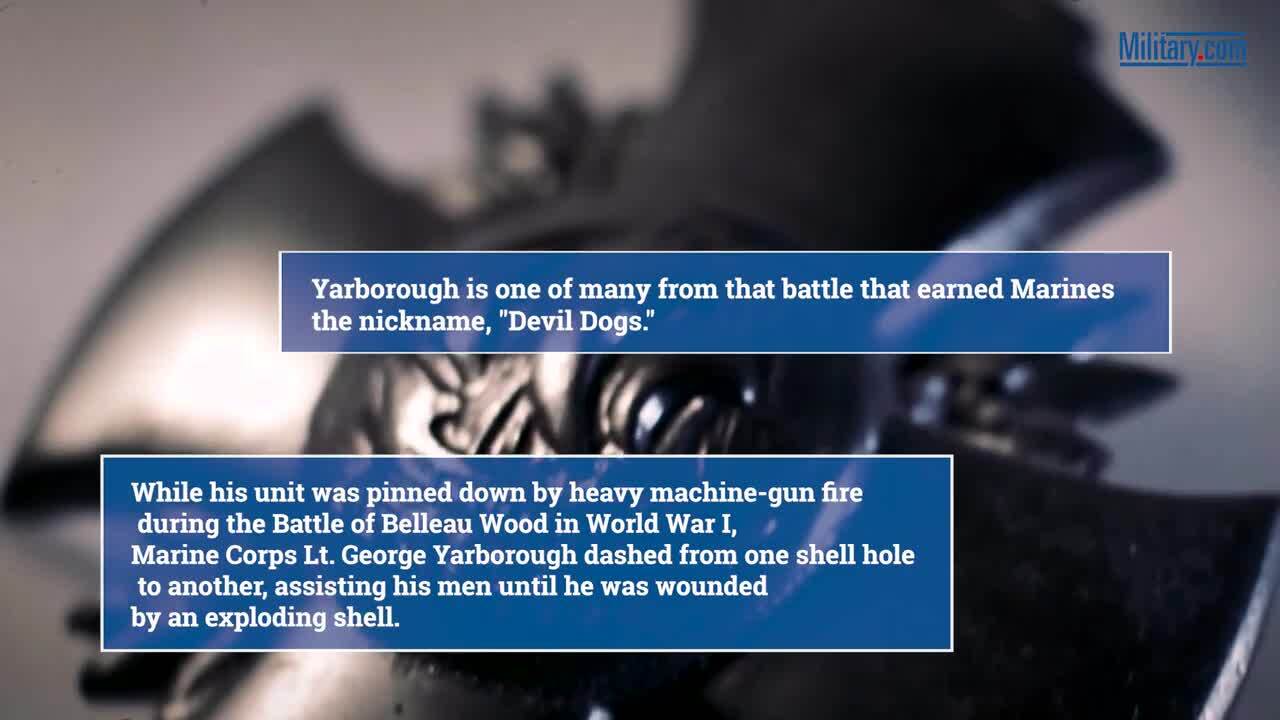WHITE SANDS MISSILE RANGE, N.M. -- Covering over 1,250 miles a day in scorching desert heat, Soldiers successfully completed the second of two rigorous developmental tests to evaluate improvements to the Army's high capacity, mobile tactical communications network backbone, Warfighter Information Network-Tactical Increment 2.
"I deployed to Afghanistan for nine months with the system and I see definite changes," said Staff Sgt. Brandon Miller, who supports network operations for the 4th Brigade Combat Team, 10th Mountain Division (Light Infantry), or 4/10 MTN. "It is a lot more user-friendly and intuitive, and it is lot easier for the average user to interface with this system."
Soldier feedback from theater, Network Integration Evaluations, referred to as NIEs, and user juries helped the Army make WIN-T Increment 2 easier to operate and maintain. Among the many system enhancements are drastically reduced startup and shutdown times; a new, easy to use graphical interface; improved and simplified troubleshooting tools and faster, easier calls to extend radio networks.
"They also made a lot of great changes as far as the resiliency of the system; it's self-correcting to a degree," Miller said. "For example, if you lose your satellite communications links it will try and reestablish those on its own and take the proper steps that an operator or an S6 would take to get that back on line. It does all of that automatically."
The new WIN-T Increment 2 enhancements, designed to improve system reliability, simplicity and usability, have now been assessed during two intensive developmental tests that were coordinated with multiple Department of Defense and Army organizations including the Office of the Secretary of Defense; Director, Operational Test and Evaluation; Deputy Assistant Secretary of Defense, Developmental Test and Evaluation; Training and Doctrine Command; and Army Test and Evaluation Command.
The first developmental test was completed at the Aberdeen Test Center at Aberdeen Proving Ground, Maryland, in late February. The second more extensive developmental test, or DT2, was completed in late June in the deserts and mountains of White Sands Missile Range, New Mexico, where temperatures often exceeded 110 degrees.
The DT2 laid the foundation for the WIN-T Increment 2 Follow-on Operational Test and Evaluation 2 scheduled to coincide with the Army's Network Integration Evaluation 15.1 in the fall. NIE 15.1 will also be the first NIE to utilize new configurations of WIN-T Increment 2 that include network-equipped Stryker vehicles. DT2 provided the opportunity for technical verification of three WIN-T Increment 2 Stryker variants in advance of NIE 15.1.
To help capture data during the DT2, the Army installed a complete suite of instrumentation on each WIN-T Increment 2 equipped-vehicle that monitored the entire network and the performance of each system, including data throughput, software performance and network availability. Hundreds of gigabytes of data per day were collected and sent back within 48 hours to Aberdeen Proving Ground for analysis.
Army Test and Evaluation Command personnel rode in each WIN-T Increment 2 vehicle and noted all operations during mission threads, while the Network Operations and Security Center, which helps to manage the WIN-T Increment 2 network, recorded data from their end. While the instrumentation and various data collection methods monitored the performance on the back end, Soldiers provided continuous feedback on usability performance via daily after action reviews on the front end.
Soldiers from the 82nd Airborne Division, the 101st Airborne Division (Air Assault), and the 10th Mountain Division (Light Infantry), supported the WIN-T Increment 2 DT2. While some Soldiers were training on and using the system for the first time, nearly a third of the Soldiers had previously deployed to Afghanistan with the system, enabling them to provide a unique real-world comparison of the new system changes.
WIN-T Increment 2 provides enhanced capabilities over the previously fielded at-the-halt WIN-T Increment 1 and its upgrades, including network-equipped vehicles that provide the on-the-move communications and situational awareness that commanders need to lead from anywhere on the battlefield. The changes to the system enhance the capabilities of the WIN-T Increment 2 Soldier Network Extension, or SNE, which provides network communication and extension capabilities at the company level, and the Point of Presence, known as PoP, which enables mobile mission command at the battalion level and above.
"This is my first time using the WIN-T Increment 2 system and it's really easy," said Spc. Mark Clark, a Soldier from the 101st Airborne Division (Air Assault), who operated the PoP during the test. "It only takes a day or two to get use to it and then it is so simple, like using my cell phone."
During the test, Soldiers were on the move in their PoPs and SNEs conducting a wide variety of real world mission threads that included mock village reconnaissance, route clearance, key leader and enemy engagements, and calls for fire. During these missions, Soldiers were required to exercise all of the improvements, applications and capabilities in the WIN-T Increment 2-equipped vehicles, including mission command applications, email, chat, fires communication, and Combat Net Radio (CNR) Gateway calls. Stringent reliability requirements dictate that each SNE be able to operate in a combat environment for approximately 28 days for 10 hours a day with an average of only one essential function failure during that period.
As part of the recent improvements to WIN-T Increment 2, the Army automated the startup for the PoP and SNE, significantly reducing the complexity and length of the startup process. More than a dozen buttons and switches were reduced to a single start-up switch, dropping the total time to get a networked vehicle up and running from more than 12 minutes, to four and a half minutes.
Additional enhancements were also made to the SNE's Combat Net Radio, or CNR, Gateway, which takes advantage of the vehicle's on-the-move satellite communications systems to help extend lower tactical internet radio networks and keep Soldiers connected, even over mountains and other line-of-sight obstructions. To improve capability, CNR Gateway operations were simplified and automated; operational steps to start it up were reduced from nearly a dozen manual steps to a single log-in and a click. During DT2 combat operations Soldiers made over 50 CNR calls per day to thoroughly evaluate the capability and its new enhancements.
"CNR Gateway in the SNE is going to allow commanders in the rear that are not geographically located with the forward elements to communicate with dismounted units, and in the 82nd the majority of our operations are dismounted light infantry," said 2nd Lt. Michael Bouchard, an assistant operations officer with the 1-325 Airborne Infantry Regiment, 2nd Brigade Combat Team, 82nd Airborne Division. "You can use any VoIP (voice-over-internet protocol) phone to call the SNE to get on the CNR gateway and it will put you through to the dismounted FM or short range radio frequency."
The Army also made the user interface more intuitive, so it's easier and quicker to use, with large touch buttons so Soldiers can operate it even when bouncing around in the back of a vehicle over rough terrain. The upgrades cut in half the time it takes to launch mobile communications applications such as Tactical Ground Reporting, chat, friendly force tracking and VoIP calls.
Among the most important improvements to WIN-T Increment 2, are simplified and streamlined troubleshooting capabilities for the PoP and SNE, moving from an in-depth interface designed for the Signal Soldier to one more suitable for a general purpose operator. The Army's intent is to enable operators, in a matter of minutes, to troubleshoot and resolve 80 percent of issues themselves.
The changes to WIN-T Increment 2 are in line with the Army's overall effort to simplify the network so it is intuitive and more resembles technology that Soldiers operate in their daily lives.
"The Army has made great strides to simplify the network and its management," Miller said. "Before you would have to have a certain set of skills to operate or manage this equipment, but now you may not actually need that set today. Anyone can operate this equipment and that is what's great about it. You don't need a degree."





























